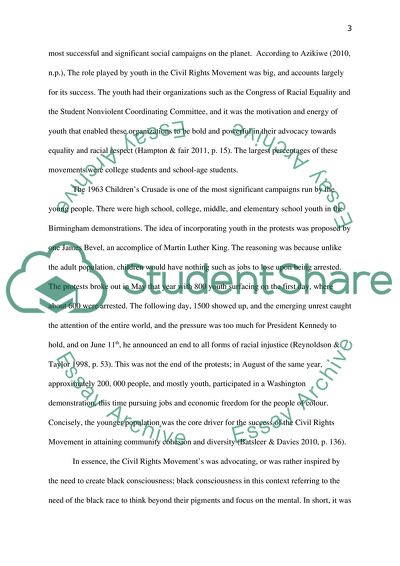Cite this document
(Review Model In Youth And Community Work Essay Example | Topics and Well Written Essays - 2000 words, n.d.)
Review Model In Youth And Community Work Essay Example | Topics and Well Written Essays - 2000 words. https://studentshare.org/social-science/1825814-what-are-the-strengths-and-limitations-of-plan-do-review-models-in-relation-to-reflective-practice-and-critical-campaigning-in-youth-and-community-work
Review Model In Youth And Community Work Essay Example | Topics and Well Written Essays - 2000 words. https://studentshare.org/social-science/1825814-what-are-the-strengths-and-limitations-of-plan-do-review-models-in-relation-to-reflective-practice-and-critical-campaigning-in-youth-and-community-work
(Review Model In Youth And Community Work Essay Example | Topics and Well Written Essays - 2000 Words)
Review Model In Youth And Community Work Essay Example | Topics and Well Written Essays - 2000 Words. https://studentshare.org/social-science/1825814-what-are-the-strengths-and-limitations-of-plan-do-review-models-in-relation-to-reflective-practice-and-critical-campaigning-in-youth-and-community-work.
Review Model In Youth And Community Work Essay Example | Topics and Well Written Essays - 2000 Words. https://studentshare.org/social-science/1825814-what-are-the-strengths-and-limitations-of-plan-do-review-models-in-relation-to-reflective-practice-and-critical-campaigning-in-youth-and-community-work.
“Review Model In Youth And Community Work Essay Example | Topics and Well Written Essays - 2000 Words”. https://studentshare.org/social-science/1825814-what-are-the-strengths-and-limitations-of-plan-do-review-models-in-relation-to-reflective-practice-and-critical-campaigning-in-youth-and-community-work.


